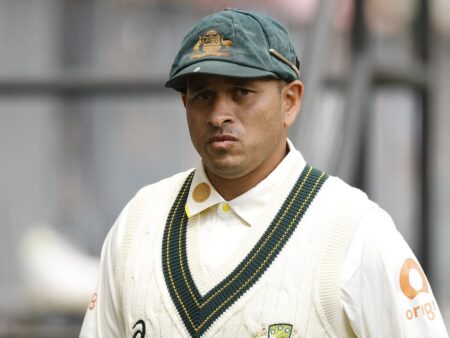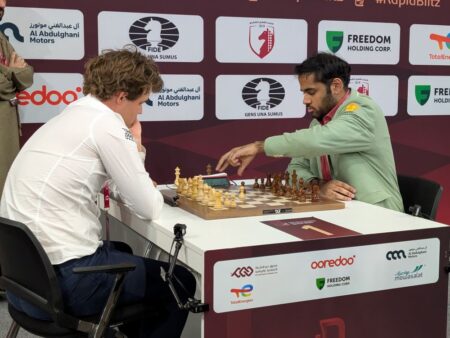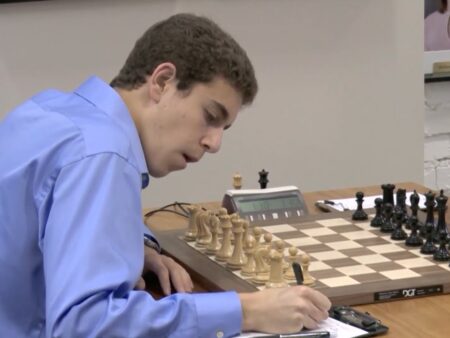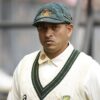Former New Zealand fast bowler Shane Bond suggests a careful strategy for Jasprit Bumrah’s return after back surgery, warning that another injury in the same area could end his career.
Bumrah has been out of action since experiencing back spasms during a Test match in Sydney earlier this year. Initially thought to be minor, the injury turned out to be stress-related, causing him to miss the Champions Trophy. He is currently undergoing rehabilitation at the BCCI’s Centre of Excellence in Bengaluru, with uncertainty surrounding his full fitness and participation in IPL 2025 for Mumbai Indians (MI).
This is Bumrah’s first back injury since his surgery in March 2023. Bond, who previously coached Bumrah at MI and is now with Rajasthan Royals, emphasizes the need for conservative workload management to prevent a relapse.
Bond recalled concerns about Bumrah’s injury being more than just spasms when it occurred in Sydney. He expressed worry that it might be a bone injury, potentially jeopardizing Bumrah’s Champions Trophy participation.
Bond, a pioneer in back surgery for fast bowlers, underwent the procedure himself at 29, the same age as Bumrah. Despite ongoing injury challenges, Bond continued playing until 34. He mentioned in a 2010 interview that he struggled to play consecutive first-class games and was weary of rehabilitation.
Bond identifies the transition from T20 to Test cricket as a high-risk period for fast bowlers. This is a primary concern for Bumrah, especially with India’s five-Test series in England scheduled shortly after the IPL.
Bond believes Bumrah will recover but highlights workload management as crucial. He points out the dangerous transition from IPL to the Test Championship.
He elaborates that switching from the shorter format of T20, like the IPL with frequent games and travel, to the demands of Test cricket is risky. The lower workload in T20, compared to the high intensity and back-to-back bowling days in Tests, creates a significant jump in physical stress.
India’s England tour schedule is packed with five Tests in a short period. Bond advises against repeating Bumrah’s workload from the previous Australia tour, where he bowled extensively. He suggests limiting Bumrah to a maximum of two consecutive Tests.
Bond stresses Bumrah’s importance for future World Cups and suggests managing him carefully during the England series, possibly playing him in only three or four Tests. He warns that another injury in the same spot could be career-ending, as further surgery might not be an option.
With the domestic season concluded, IPL is Bumrah’s only chance for competitive play before the England tour. Bond considers IPL participation uncertain and notes potential risks depending on Bumrah’s bowling intensity upon return.
Bond emphasizes the need for open communication and shared responsibility between Bumrah and Indian cricket authorities to ensure a safe and long-lasting career. He acknowledges players’ eagerness to play but underscores the necessity of understanding and accepting risks and compromises.










